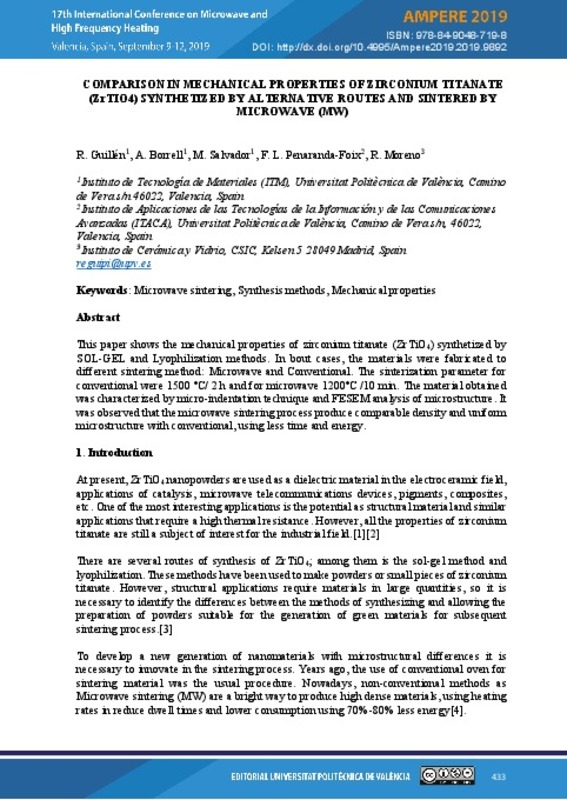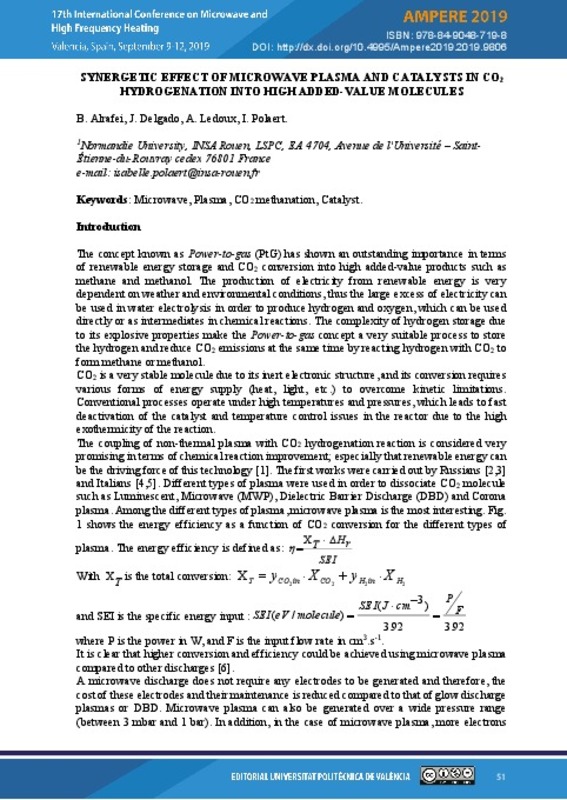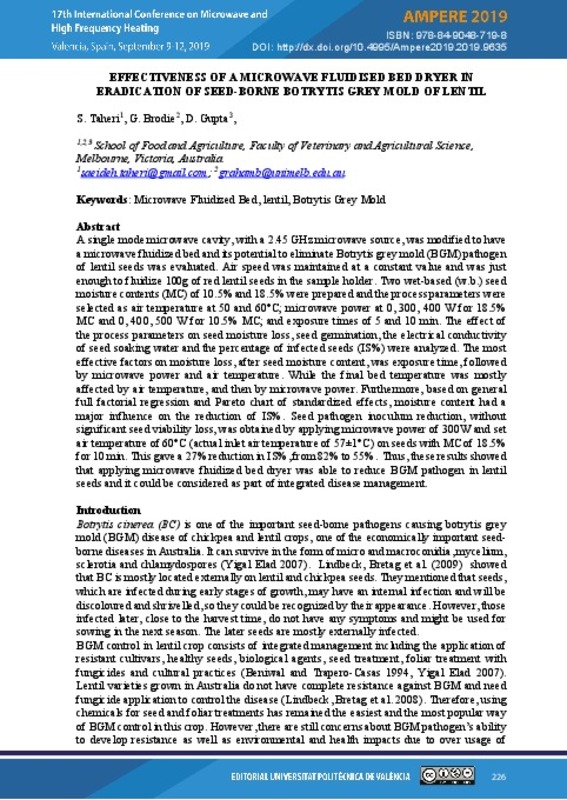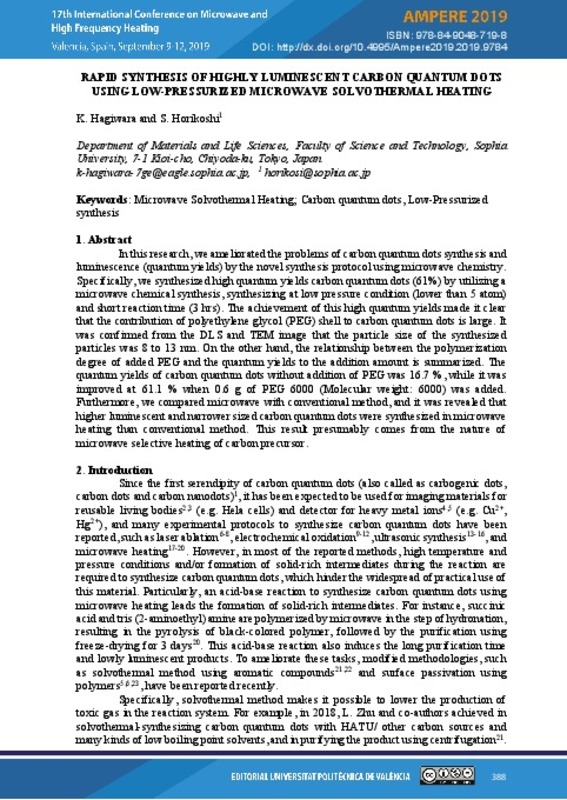JavaScript is disabled for your browser. Some features of this site may not work without it.
Buscar en RiuNet
Listar
Mi cuenta
Estadísticas
Ayuda RiuNet
Admin. UPV
Comparison in mechanical properties of zirconium titanate (ZrTiO4) synthetized by alternative routes and sintered by microwave (MW)
Mostrar el registro completo del ítem
Guillén Pineda, RM.; Borrell Tomás, MA.; Salvador Moya, MD.; Peñaranda Foix, FL.; Moreno, R. (2019). Comparison in mechanical properties of zirconium titanate (ZrTiO4) synthetized by alternative routes and sintered by microwave (MW). En AMPERE 2019. 17th International Conference on Microwave and High Frequency Heating. Editorial Universitat Politècnica de València. 433-438. https://doi.org/10.4995/AMPERE2019.2019.9892
Por favor, use este identificador para citar o enlazar este ítem: http://hdl.handle.net/10251/130674
Ficheros en el ítem
Metadatos del ítem
recommendations
Este ítem aparece en la(s) siguiente(s) colección(ones)
-
Ampere 2019 [66]
-
Artículos, conferencias, monografías [48357]












